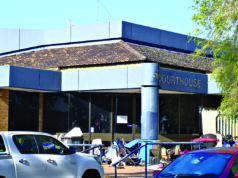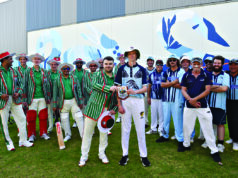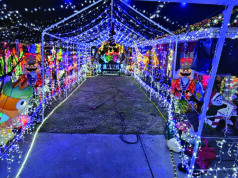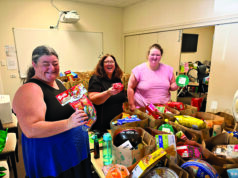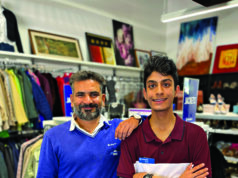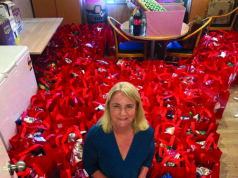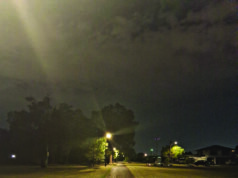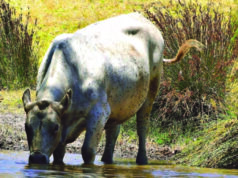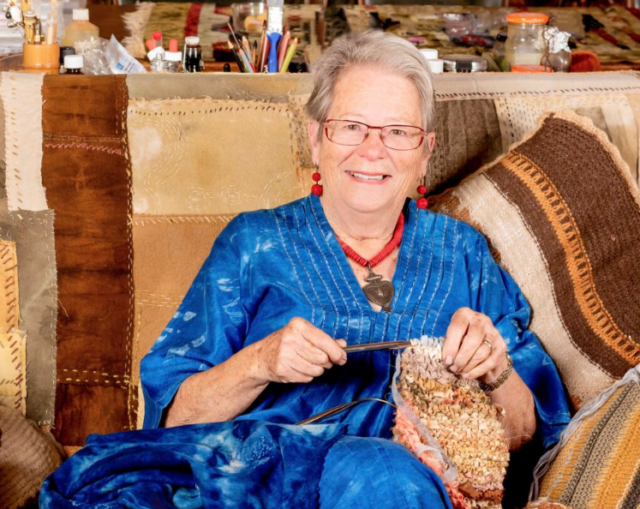
Sidestepping a peacock, I get my first breathtaking view of the Wungong Dam.
For an instant, I have the giddy sense of being an intrepid explorer on the hunt for treasure. And in a loose sense I am – I’m on a mission to discover a bounty of local art through the Armadale Hills Open Studios Art Trail, which officially opened to the public last Friday, and continues this weekend.
But I’m quickly woken from my daydream of dauntlessly scouring the hills for its rich rewards by the offer of homemade scones with jam and cream.
Serenely perched above this scene, on a bushy Bedfordale block is Pollard Designs – the working studio of mother-daughter team Trudi and Helena Pollard.
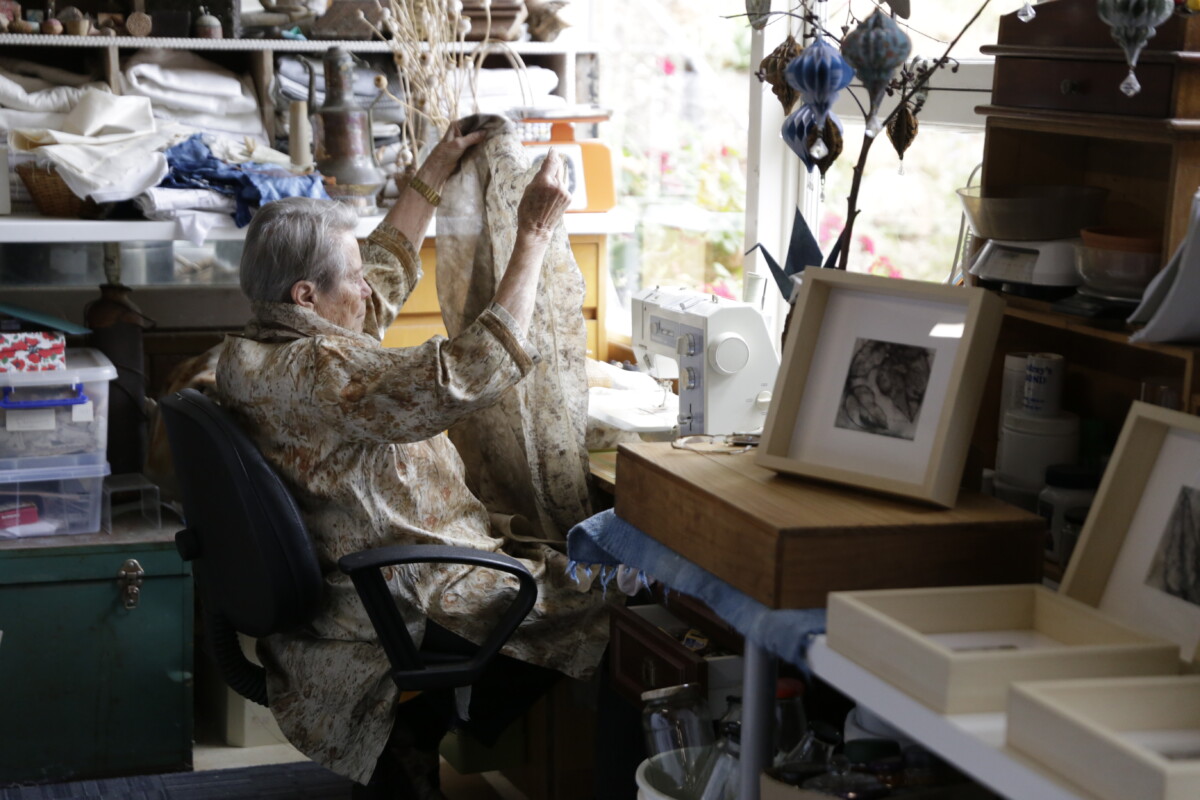
Trudi explains that it wasn’t always so bushy here – when she and her husband arrived about 45 years ago, there was little more than bare paddocks.
Over the course of nearly half a century, they have planted some 3000 trees, many of which directly influence Trudi’s creative output.
Trudi is a pioneer of Western Australian colour; she’s made it her life’s work to study native plants and extract their hues.
Through a practice that is as much organic chemistry as art, Trudi has amassed an unparalleled knowledge of distilling endemic natural dyes and inks, and their application in fibre art. And she’s spent the last 40 years passing that knowledge on as a lecturer and through regular workshops.
Her daughter, Helena, has followed in her mother’s footsteps and extended that learning about natural dyes into wearable and sustainable art, using upcycled garments and ethical handwoven fabrics from Cambodia.
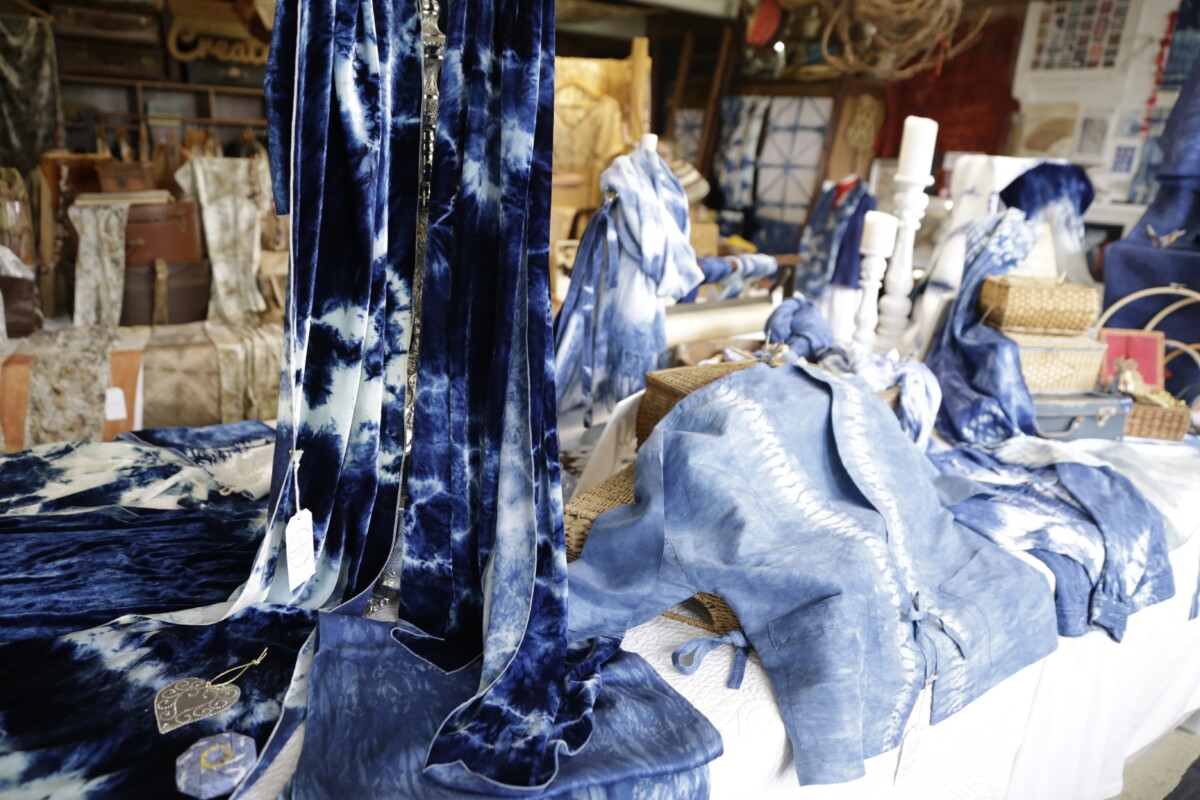
Trudi explains that her fascination with nature and her inquiring mind are products of an unusual childhood.
“I was born in 1940 in Indonesia,” she said. “Everything was natural – there were no supermarkets and indigo grew wild there.
“The war came later to Indonesia, but it eventually caught us.
“When I was two, my father was taken as a prisoner-of-war to Changi, then onto the Burma Railway.
“Those who survived were taken back to Nagasaki to work in the coal mines. He was working there when the second atomic bomb was dropped.
“Thankfully, because he was underground in the mines at the time, he survived. I was seven when I met my father again.
“My mother and I were held in a concentration camp for four years. The children who were too young to work were schooled by three Montessori nuns. We had nothing – no paper or pencils. So, they would engage us in play with nature – we were always making things, and observing the trees and the plants around us.
“I remember I was always looking on the ground for little feathers, sticks, flowers and stones. I suppose I was always looking down to block out the horrors of what was happening all around.”
After her mother was caught smuggling some eggs back to camp one day, she was taken for public punishment and her head shaved.
When Trudi lashed out at the sergeant for daring to punish her mother, he smiled at her, and stopped the punishment, citing her mother’s exceptional work in raising a “brave girl”.
He then gifted her mother a piece of cloth and instructed her to make a pair of bloomers with lots of pockets for Trudi to wear. With the aid of the kind sergeant, these bloomers became a tool to smuggle more food back into camp.
“After a while each pocket became stained with whatever food he was piling into them – chillies and the weeds we would eat,” Trudi said.
“Those bloomers became my pride and joy. And I refused to let my mother wash them, because I thought I would lose the colour.
“My mother always told me that she believed that was the beginning of my fascination with natural dyes.”
After the war ended, Trudi lived a fairly nomadic life, travelling with her parents between various parts of the world.

“It was a strange childhood, but I learnt an awful lot by being curious,” she said. “Einstein said ‘creativity is just intelligence having fun’.”
She arrived in Australia with her parents when she was 18.
“I immediately wanted to know what the colours of Australia were,” she said. “Every other part of the world has their own colours.”
Mexico introduced a vivid red to the world through cochineal, Japan became known for its rich indigo textiles, ancient Egyptians used safflowers to create a vivid yellow, and the Phoenicians had Tyrian purple (royal purple) extracted from sea snails.
“The tartan used to make kilts in Scotland was unique to each clan because of the local plants that were used to dye the material,” Trudi said.
“But I struggled to find native Western Australian dyes. So, I decided to make them for myself.”
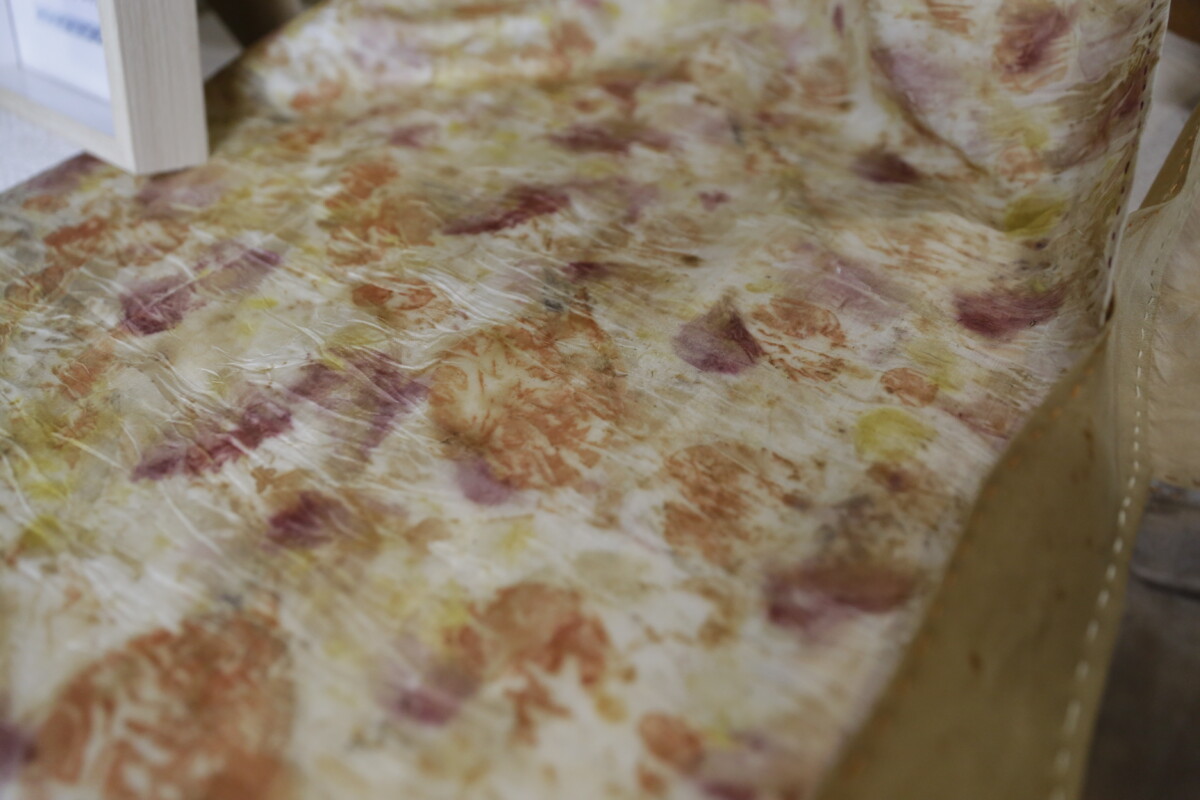
The very first plant she explored was eucalyptus cinerea (Argyle Apple).
“The wonderful thing about eucalypts is they contain so much oil, you don’t need any mordants – they set themselves,” she said.
“And the more I explored, the more I discovered. Trees actually give different colours depending on the season.”
Trudi shows me some beautiful peach-stained fabric which was bafflingly dyed using green eucalypt leaves.
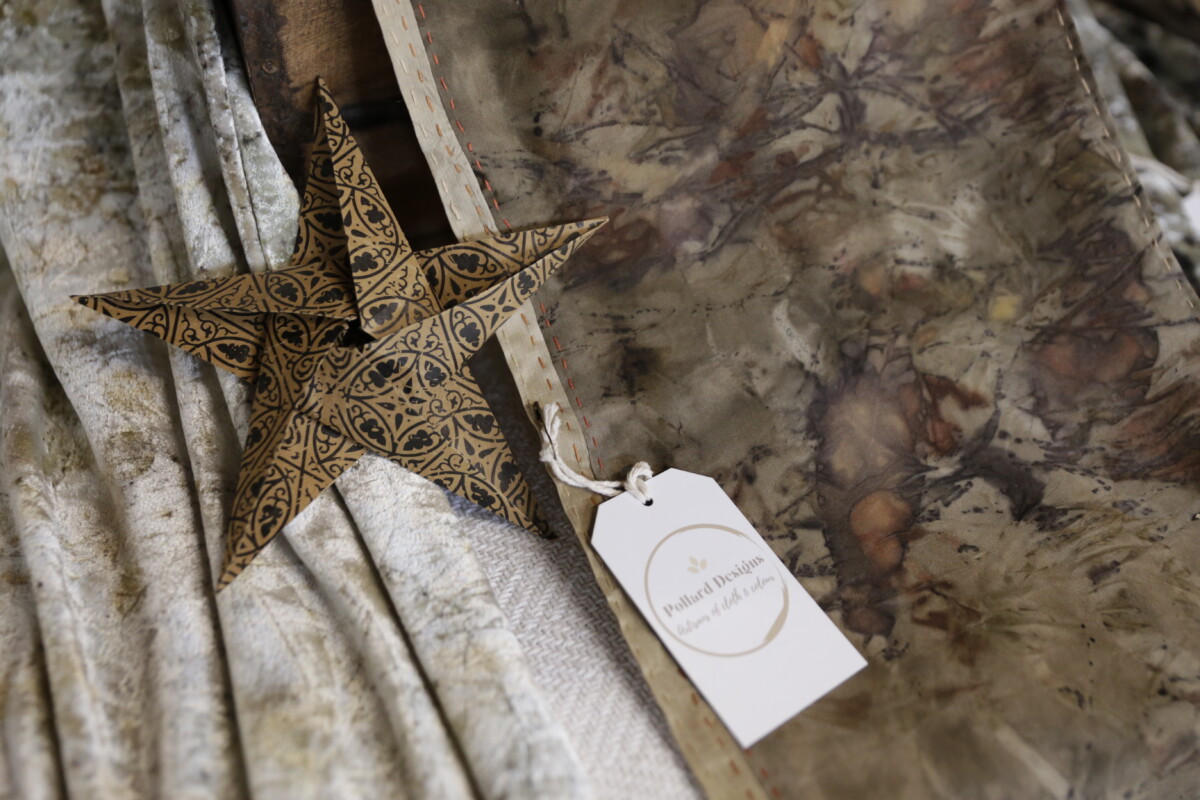
She has travelled all over Western Australia, sourcing new plants and collecting local knowledge about them. She reckons she’s now studied and experimented with up to 200 different plants.
She’s won countless awards, and been invited to speak at international symposiums as an expert in her field.
“People overseas just love our Australian colours,” she said.
Her studio is an Aladdin’s cave of homemade inks, jars full of steeping bark, leaves and peels, and intricately hand-woven fabrics in a wide spectrum of hues from brilliant golds to earthy corals, indigos, rusted reds and greens.
It’s hard not to be overwhelmed by it all.
But Trudi is generous with her time and her knowledge: “I love sharing what I’ve learned.”
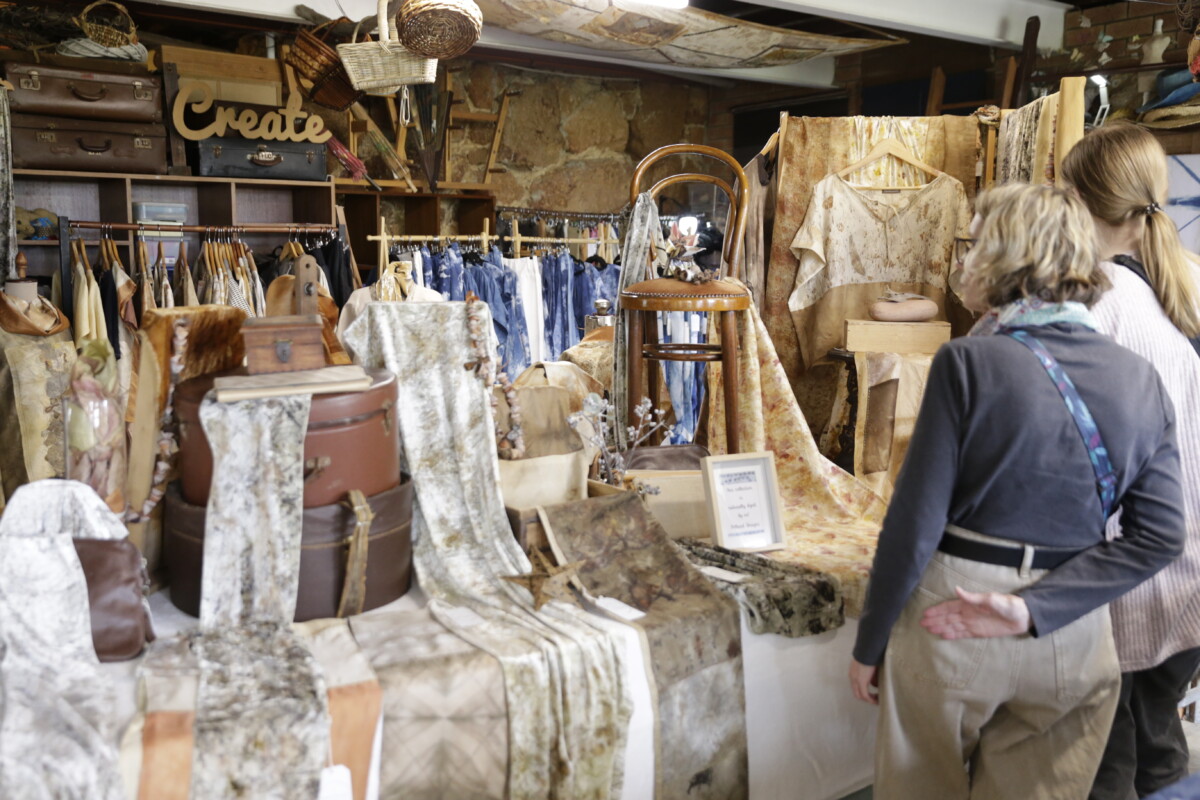
In fact, next year, Trudi will release her long-awaited book which shares both her life story, and the years of wisdom gleaned as an international textile artist and natural dye innovator.
Anyone curious to know more about her or Helena’s practice can visit them at their studio in Bedfordale as part of the Armadale Hills Open Studios Art Trail which runs until this Sunday.
Or you could pop into one of the 24 other incredible studios on the trail.
To find out more visit: armadalehillsartstrail.com


